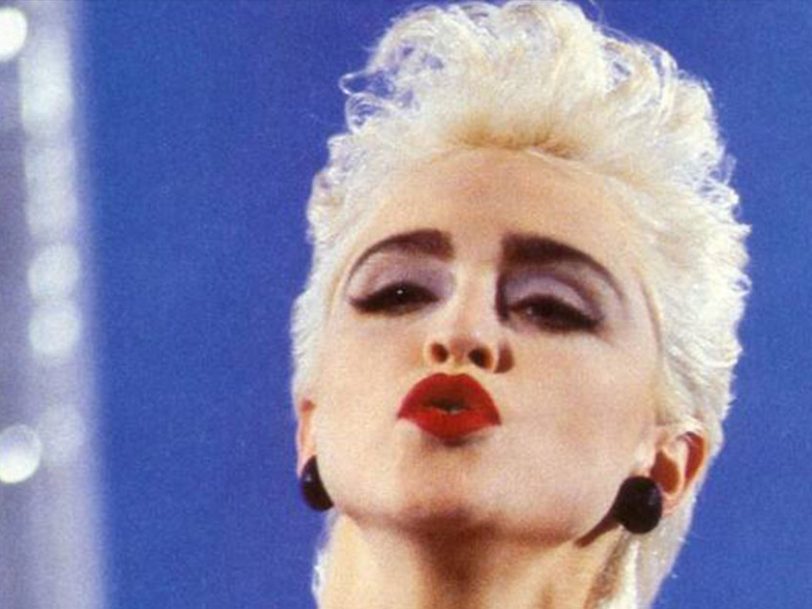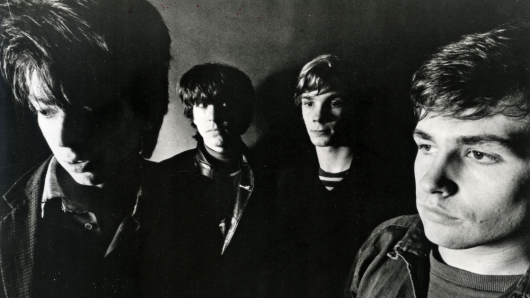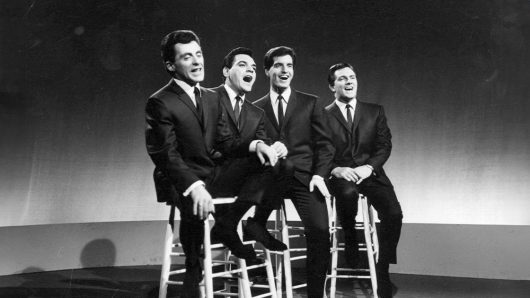Released in mid-September 1986, True Blue was the sort of leftfield single that might have been career suicide for most artists who can only shift their sound ever so slightly if they want to keep things fresh. However, Madonna had few such concerns – as this song proved, the “Queen Of Pop” couldn’t put a musical foot wrong during the mid-80s.
Listen to the best of Madonna here.
When a British music magazine reported in early 1986 that Madonna was back in the studio recording something that sounded similar to Shakin’ Stevens, the news seemed like a flight of fancy from a journalist starved of anything substantial to report on. In fact, following the “Shaky” formula wasn’t such a bad idea considering the long-limbed Welshman would close the decade with 30 UK hit singles. But Madonna, the fast-rising disco-pop star, had yet to demonstrate the musical range for which she would shortly become renowned. Fans dismissed such a ridiculous confection… but the first track to appear from 1986’s mega-selling True Blue album, the assured power-ballad Live To Tell, and Madonna’s striking shift in her image, signalled that everything would change – and would continue to evolve – from hereon in.
A razor-sharp instinct for what would work
Issued on 17 September 1986, as the album’s third single, the True Blue song itself did in fact offer something of a 50s/60s pastiche, but it was rather more Motown and classic 60s girl-group in its leaning than Shaky’s usual rock’n’roll inspiration. Madonna has often said how the celebrated hits of acts such as Diana Ross And The Supremes and The Crystals had shaped her musical interests, and you can really hear that here.




